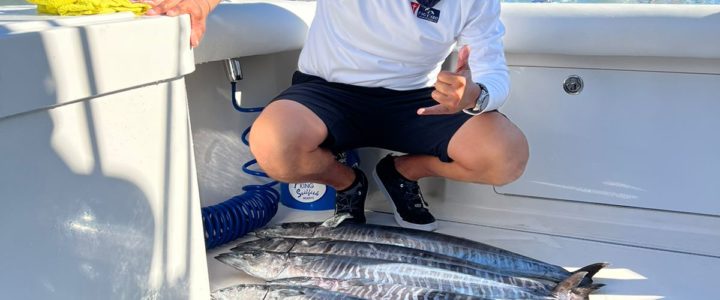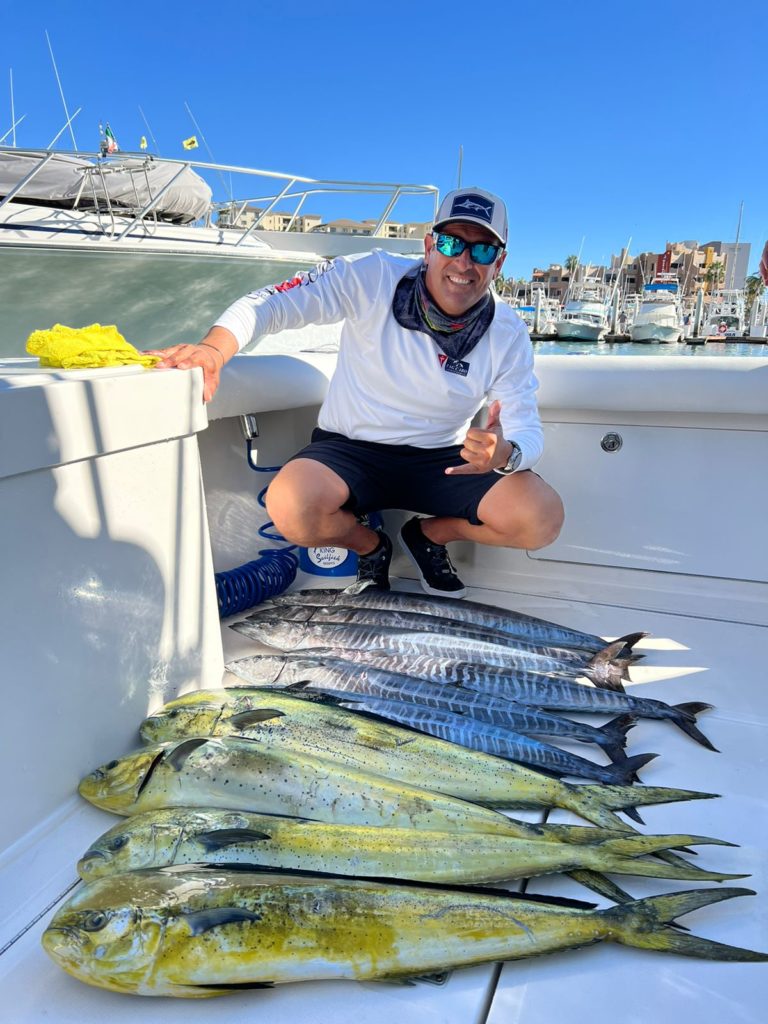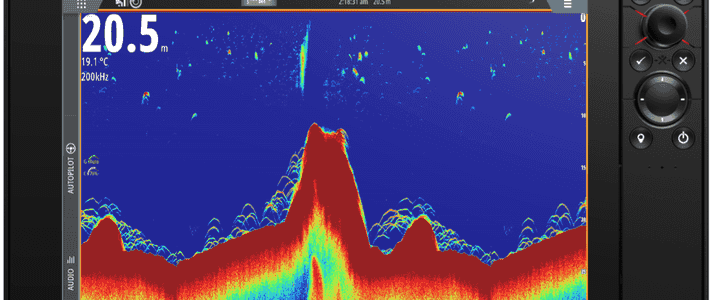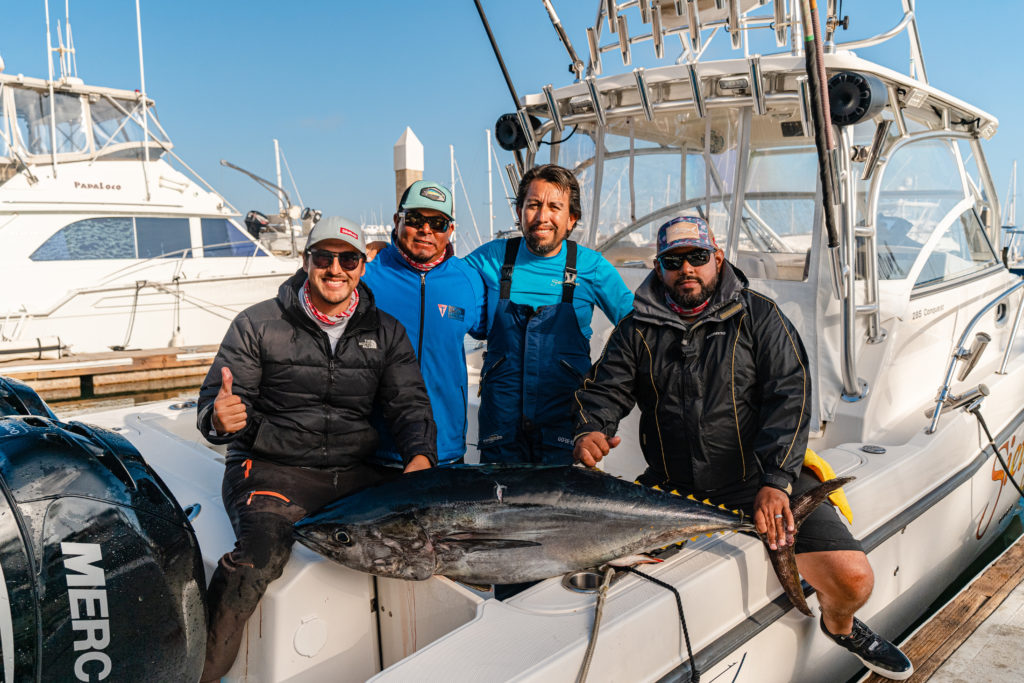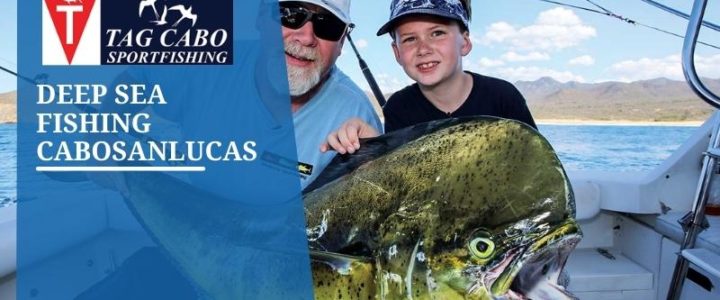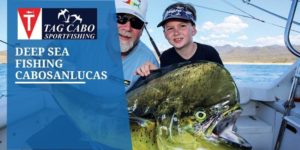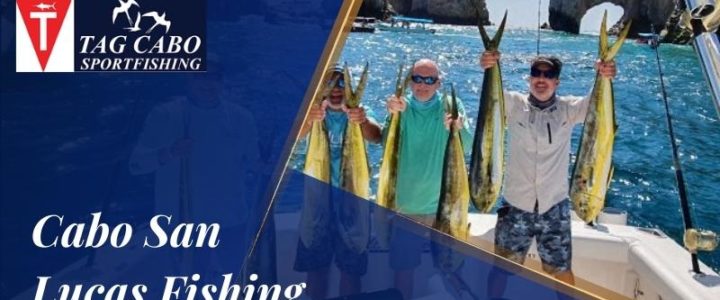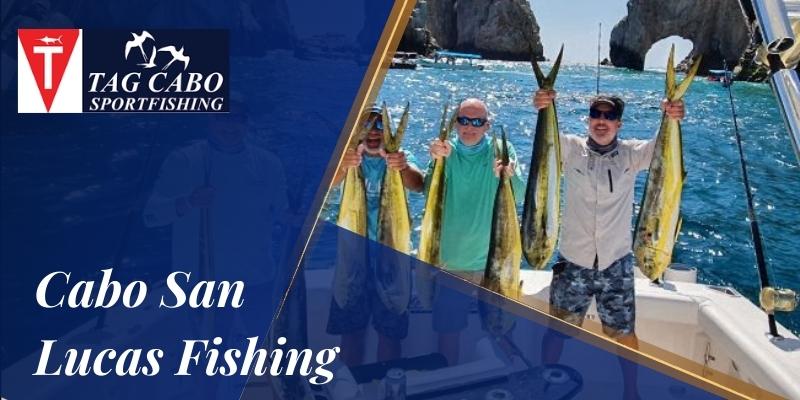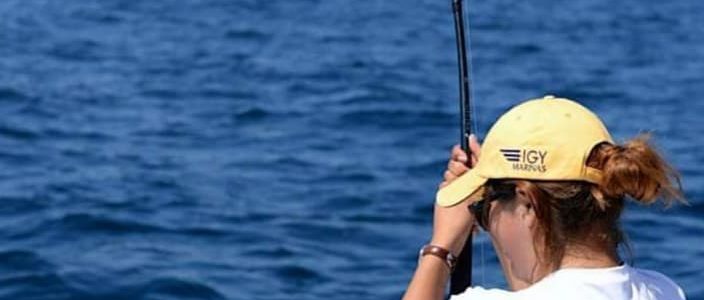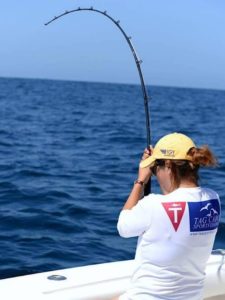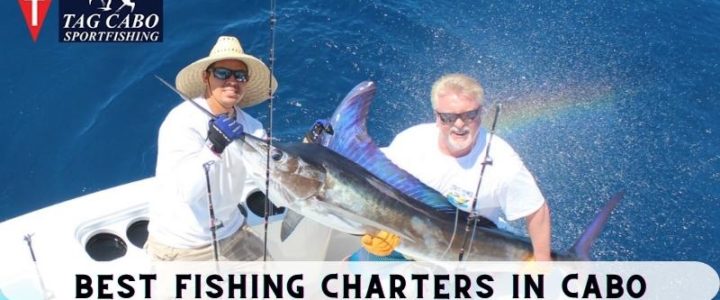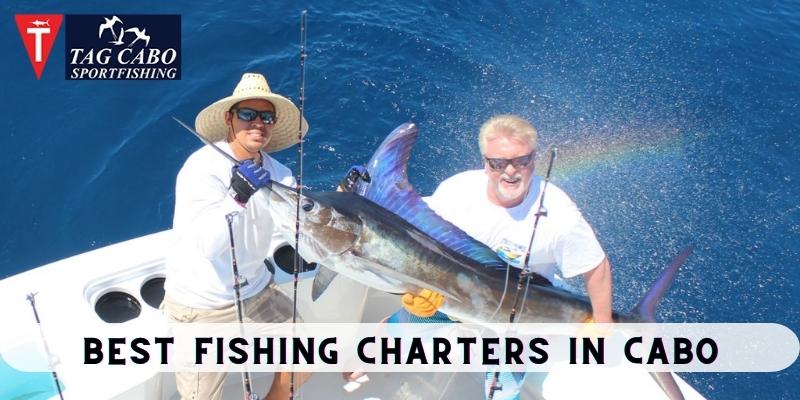The breathtaking seas around Cabo San Lucas provide some of the finest fishing in North America. Knowing the worst or best times to practice fishing in Cabo will make a significant difference in your experience’s success rate if you are truly passionate about this activity.
Generally, May through November in Cabo San Lucas fishing report is the greatest season to fish in Cabo, particularly for Jack Crevalle, sailfish, Yellow Grouper, Yellow Fin Tuna, Mahi Mahi, and Marlin. During this season, the greatest variety of fish will be available.
This paradise is home to thousands of Blue, Black, and Striped Marlins, earning it the title “Marlin Capital of the World.”
Cabo San Lucas’s best fishing season
Cabo San Lucas, Mexico, is well-known for its world-class fishing, with species ranging from Rooster Fish to Black Marlin. The waters surrounding Cabo are teeming with some of the finest inshore and offshore fish, which are favored by both devoted and casual sport fishing enthusiasts. Here is a month-by-month breakdown of the species you may anticipate catching and the perfect time to Cabo fishing.
January
If you are planning a winter holiday in Cabo, sportfishing opportunities will be abundant. In January, Yellowfin Tuna, Striped Marlin, Mackerel, and Mako Sharks are abundant. You will also witness a considerable amount of Wahoo and Dorado. This month sees an abundance of Striped Marlin, making it an ideal period to go for Cabo fishing. With a prediction of dry and moderate conditions, the environment is as pleasant as ever.
February
The month of February is a fantastic season for fishing in Cabo San due to the increasing diversity of fish and the continuously high quality of Striped Marlin. Snapper and Grouper become accessible throughout February for inshore fishing. This month will also see an increase in Swordfish, along with the continuance of great catches of Mackerel, Striped Marlin, and Mako Sharks. The fishing for Wahoo is excellent, while the fishing for Dorado and Yellowfin tuna is average.
March
As the temperature rises at Cabo San Lucas, the inshore fishing also intensifies. The Snapper and Grouper seasons begin in March, while the Swordfish season begins at the same time. In addition to an abundance of Dorado, Wahoo, Yellowfin, etc., the fishing for Striped Marlin remains exceptional. Cabo San Lucas is an excellent location for inshore and offshore fishing in March. There is basically little possibility of precipitation throughout March.
April
April is an exceptional month for fishing in Cabo San Lucas. The average temperature rises to the mid-80s with 60% relative humidity. The average amount of precipitation in April is 0.00 inches, which is nearly non-existent.
May
May at Cabo San Lucas is prime time for Striped Marlin fishing. Pack your sunblock with an average temperature of 89 ° and humidity levels in the low 60s! As the air temperature rises, so does the water temperature, producing excellent Marlin action.
June
Halfway through the year, Dorado and Wahoo become more prevalent. This is the solid final month for several inshore species, including the Swordfish. The Black and Blue Marlin fishing will improve this month, and we’ll still have an excellent quantity of Striped Marlin.
July
Black and Blue Marlin fishing are at its optimum throughout the summer. In addition to a huge quantity of Dorado & Yellowfin, July is an excellent time to target some of Cabo’s most popular fish.
August
Similar choices will be available in August as they were in July, with huge quantities of Black and Blue Marlin and a fair quantity of Striped Marlin in the water. Cabo has the greatest marlin fishing in the world, so now is an excellent time to visit and see the battle of these fish.
September
At the end of the summer, the number of billfish is high. The populations of Sailfish and Yellowfin are on the rise. September is a popular month for Blue and Black Marlin fishing. This time of year, Dorado is still a popular option.
October
The month of October is tournament season in Cabo San Lucas, the “Marlin Capital of the World,” and this is when a large number of trophy-sized Blue and Black Marlin are caught in the Sea of Cortez. This is a fantastic opportunity for Marlin aficionados to come down and partake in the activity.
November
In November, the fishing in Cabo San lucas continues to be dependably superb. This is the start of the prime time for Striped Marlin, while Blue and Black Marlin are beginning to slow down. Yellowfin Tuna, Dorado, Mackerel, and Shark are abundant in November. November is a terrific season for family fishing expeditions, and Picante has the expertise to make your charter an unforgettable experience.
December
The month of December is the best time to go to Cabo San, Mexico. With typical daytime temperatures in the mid to upper 70s and a humidity level of 65%, Dec is the most pleasant month of the year.
Conclusion
Cabo San Lucas is a destination that should be on the bucket list of any traveling fisherman. Few fisheries around the globe allow you to experience so much in such a short time.
This location offers an abundance of both offshore giants and inshore fighters, so you are not forced to pick between number and quality. Instead, Cabo permits unrestricted access to its many waterways, regardless of the time of day.
As you’ve seen, Cabo fishing is enjoyable at any time of the year! We pride ourselves on having some of the most experienced captains, crew members, and the most sophisticated charter fleet available anywhere. Send us an email at tagsportfishing@gmail.com or give us a call at the following number: 01-52-624-168-9544 / 624-168-9544 so that we can assist you in organizing an experience that will live long in your memory and be something you can brag about.

